文章目录
- 引入布局
- 创建自定义控件
引入布局
首先创建一个项目,创建一个空的活动。然后右键单击res/layout创建一个Layout Resource File文件,取名title.xml。
<?xml version="1.0" encoding="utf-8"?>
<LinearLayout xmlns:android="http://schemas.android.com/apk/res/android"
android:orientation="horizontal"
android:layout_width="match_parent"
android:layout_height="wrap_content">
<Button
android:id="@+id/title_back"
android:layout_width="wrap_content"
android:layout_height="wrap_content"
android:layout_gravity="center"
android:layout_margin="5dp"
android:text="Back"
android:textColor="#fff" />
<TextView
android:id="@+id/title_text"
android:layout_width="0dp"
android:layout_height="wrap_content"
android:layout_gravity="center"
android:layout_weight="1"
android:gravity="center"
android:text="Tittle Text"
android:textColor="#000"
android:textSize="24sp" />
<Button
android:id="@+id/title_edit"
android:layout_width="wrap_content"
android:layout_height="wrap_content"
android:layout_gravity="center"
android:layout_margin="5dp"
android:text="Edit"
android:textColor="#fff" />
</LinearLayout>
写好自定义布局之后进行引入。
<?xml version="1.0" encoding="utf-8"?>
<LinearLayout xmlns:android="http://schemas.android.com/apk/res/android"
android:layout_width="match_parent"
android:layout_height="match_parent" >
<include layout="@layout/title" />
</LinearLayout>
引入布局文件之后,修改活动文件。
public class MainActivity extends AppCompatActivity {
@Override
protected void onCreate(Bundle savedInstanceState) {
super.onCreate(savedInstanceState);
setContentView(R.layout.activity_main);
// 新加代码
ActionBar actionbar = getSupportActionBar();
if(actionbar != null){
actionbar.hide();
}
// ---------------
}
}
调用getSupportActionBar()方法来获得ActionBar的实例,然后再调用它的hide()方法将标题栏隐藏起来。

创建自定义控件
先创建一个TitleLayout文件,把它与title.xml文件关联起来。
public class TitleLayout extends LinearLayout {
public TitleLayout(Context context, AttributeSet attrs){
super(context, attrs);
LayoutInflater.from(context).inflate(R.layout.title, this);
}
}
之后在activity_main.xml文件中添加这个自定义控件。
<LinearLayout xmlns:android="http://schemas.android.com/apk/res/android"
android:layout_width="match_parent"
android:layout_height="match_parent" >
<!--修改内容-->
<com.example.uicustomviews.TitleLayout
android:layout_width="match_parent"
android:layout_height="match_parent" />
<!--修改内容-->
</LinearLayout>
添加自定义控件和添加普通控件的方式基本是一样的,只不过在添加自定义控件的时候,我们需要指明控件的完整类名,包名在这里是不可以省略的。
给标题栏添加点击事件。
public class TitleLayout extends LinearLayout {
public TitleLayout(Context context, AttributeSet attrs){
super(context, attrs);
LayoutInflater.from(context).inflate(R.layout.title, this);
// 添加代码
Button titleBack = (Button) findViewById(R.id.title_back);
Button titleEdit = (Button) findViewById(R.id.title_edit);
titleBack.setOnClickListener(new OnClickListener() {
@Override
public void onClick(View v) {
((Activity) getContext()).finish();
}
});
titleEdit.setOnClickListener(new OnClickListener() {
@Override
public void onClick(View v) {
Toast.makeText(getContext(), "You clicked Edit button",Toast.LENGTH_SHORT).show();
}
});
// --------
}
}




















